Collaborative writing projects offer a unique opportunity for writers to combine their talents, creativity, and perspectives to create something greater than the sum of its parts. However, navigating the complexities of collaborative writing requires careful planning, communication, and teamwork. Today, we will explore the pros and cons of these projects by drawing insights from famous writers who have successfully collaborated on various literary endeavors. We will also look at some practical tips for your own successful collaboration.
Pros of Collaborative Writing Projects
Collaborative writing projects offer several advantages, including the opportunity to pool diverse talents and expertise. Writers can complement each other’s strengths, resulting in a more well-rounded and dynamic final product. Additionally, working together fosters creativity and innovation through brainstorming sessions, idea exchanges, and collective problem-solving. This shared accountability can help maintain momentum and motivation throughout the writing process, reducing the likelihood of procrastination or writer’s block.
Cons of Collaborative Writing Projects
Despite the many benefits, collaborative writing projects also present challenges. One potential drawback is the risk of creative differences and conflicts arising. Different writing styles, visions, or expectations may lead to tension and compromise the cohesion of the project. Additionally, coordinating schedules and managing communication among multiple writers can be logistically challenging, especially if collaborators are in different time zones or have conflicting commitments.
Examples of Successful Collaborative Writing Projects
Famous writers throughout history have engaged in successful collaborative writing projects, demonstrating the potential of collective creativity. One notable example is “The Kingkiller Chronicle” series by Patrick Rothfuss, which features a cohesive narrative crafted through collaboration with editors, beta readers, and fellow writers. Similarly, Good Omens by Neil Gaiman and Terry Pratchett exemplifies how two authors with distinct voices can blend their talents to create a beloved literary work.
Establishing Clear Roles and Responsibilities
To ensure the success of a collaborative writing project, it’s essential to establish clear roles and responsibilities from the outset. Define each collaborator’s contributions, areas of expertise, and expectations for the project. Clarifying roles helps minimize ambiguity and ensures that everyone is aligned with the project’s goals and vision.
Effective Communication and Collaboration Tools
Effective communication is the cornerstone of successful collaboration. Use tools and platforms that facilitate seamless communication and collaboration among team members. Whether it’s project management software, cloud-based document sharing, or video conferencing tools, choose platforms that suit your team’s needs and preferences.
Setting Realistic Deadlines and Milestones
Setting realistic deadlines and milestones is crucial for maintaining momentum and accountability in collaborative writing projects. Break down the project into manageable tasks and establish deadlines for each phase of the writing process. Regular check-ins and progress updates help keep the project on track and ensure that everyone is working towards common goals.
Resolving Conflicts and Creative Differences
Conflicts and creative differences are inevitable in collaborative writing projects, but they can be managed effectively with open communication and a willingness to compromise. Encourage honest dialogue and active listening among team members to address issues as they arise. Focus on finding common ground and reaching a consensus to move the project forward.
Celebrating Achievements and Milestones
Celebrate achievements and milestones throughout the collaborative writing process to foster a sense of camaraderie and motivation among team members. Recognize individual contributions and milestones reached, whether it’s completing a draft, receiving positive feedback, or achieving a publication milestone. Celebrating successes reinforces a positive team dynamic and encourages continued collaboration.
Embracing Flexibility and Adaptability
Flexibility and adaptability are essential qualities for navigating the dynamic nature of collaborative writing projects. Be open to feedback, revisions, and unexpected changes that may arise during the writing process. Embrace the opportunity to refine the project based on those insights and evolving ideas developed together.
Reflection and Continuous Improvement
After completing a project, take time to reflect on the experience and identify areas for improvement. Ask for feedback from team members to find out what worked well and what could be changed for future collaborations. Continuous reflection and learning contribute to the growth and refinement of not only your writing skills but also life in general.
Collaborative writing projects offer many opportunities for writers to leverage their collective talents and creativity. By understanding the pros and cons, drawing inspiration from successful examples, and implementing practical tips for success, writers can embark on these endeavors with confidence and enthusiasm.
Have you ever participated in a collaborative writing project, and if so, what strategies or techniques did you find most effective in ensuring its success?






